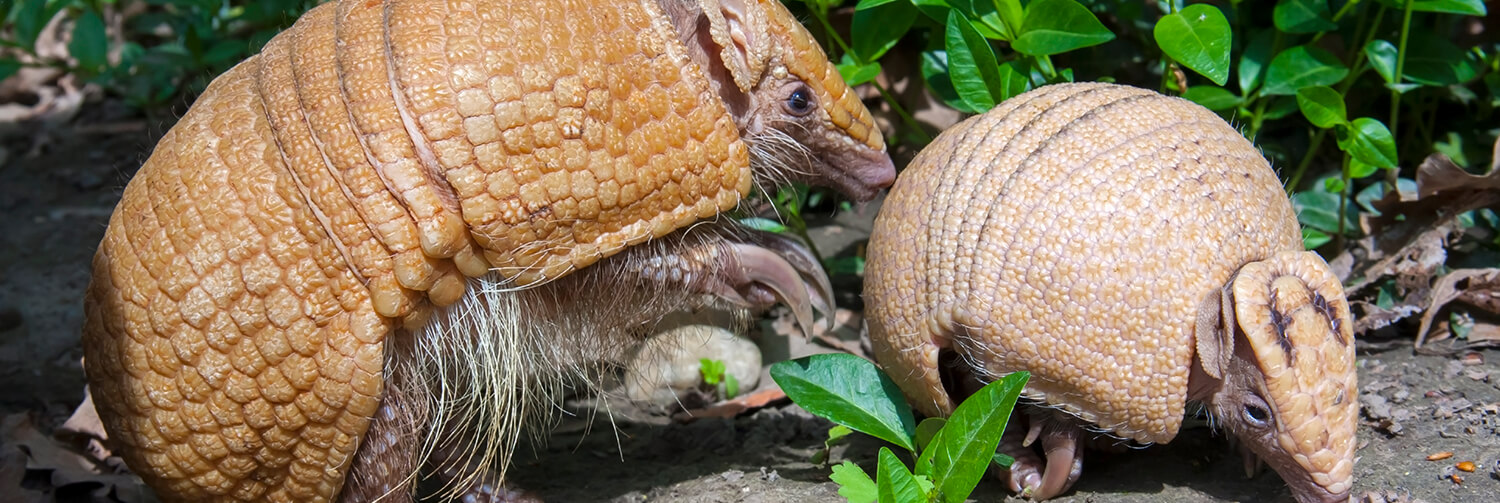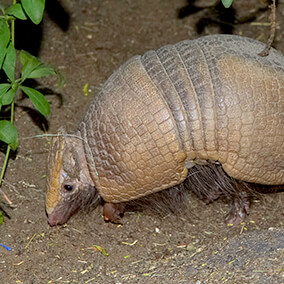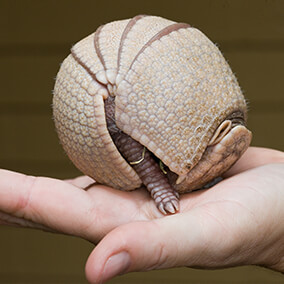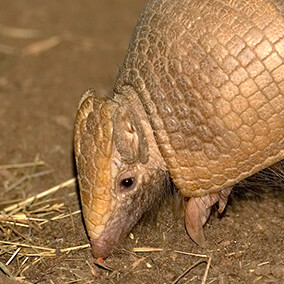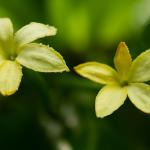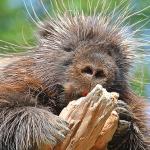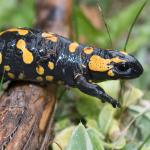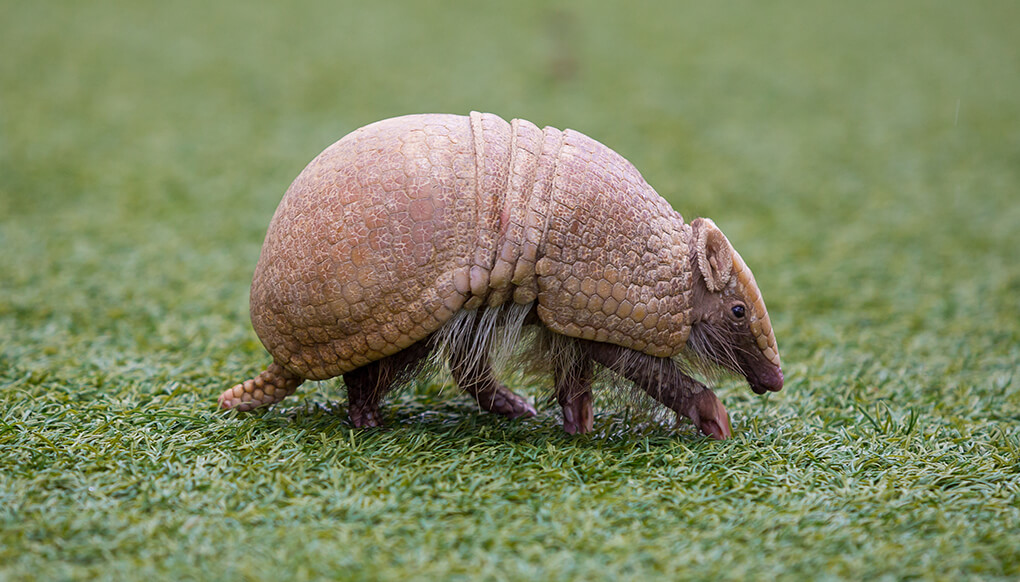
Three-Banded armadillo

Mammals


Threatened
facts


description
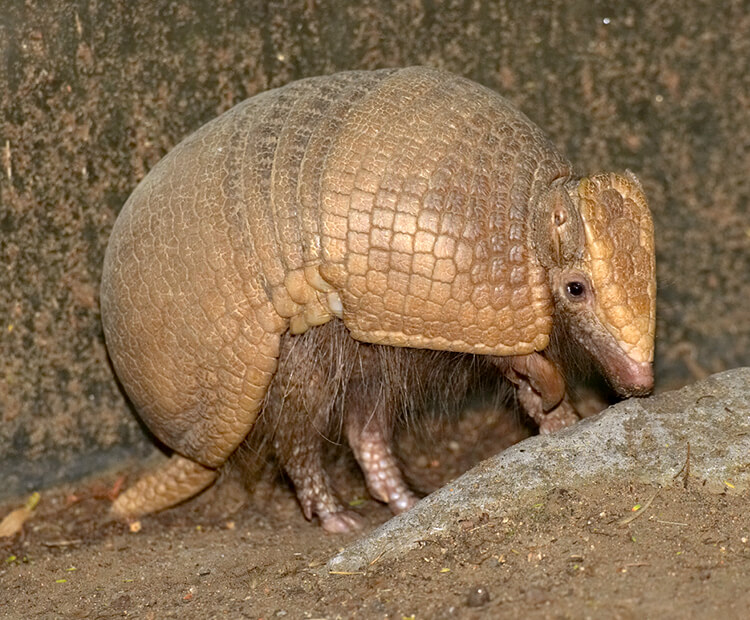
Shell game
Three-banded armadillos can be found in eastern Bolivia, southwestern Brazil, Paraguay, and Argentina. Armadillos are the only mammals covered by a shell. But it’s different from a seashell or a tortoise shell. An armadillo’s shell is made up of bony plates covered by thick, hard skin.
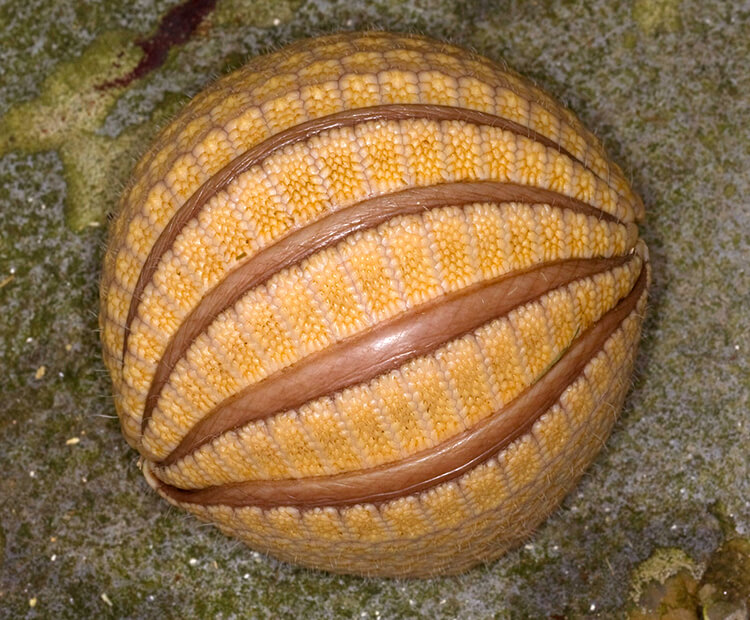
Awesome armor
The “armor” isn’t the only protection this armadillo has from predators. When a frightened three-banded armadillo curls up into a ball, it often leaves a space open. If a predator puts a paw or nose into that space to try to pry the armadillo open, the little animal slams its shell shut—ouch!
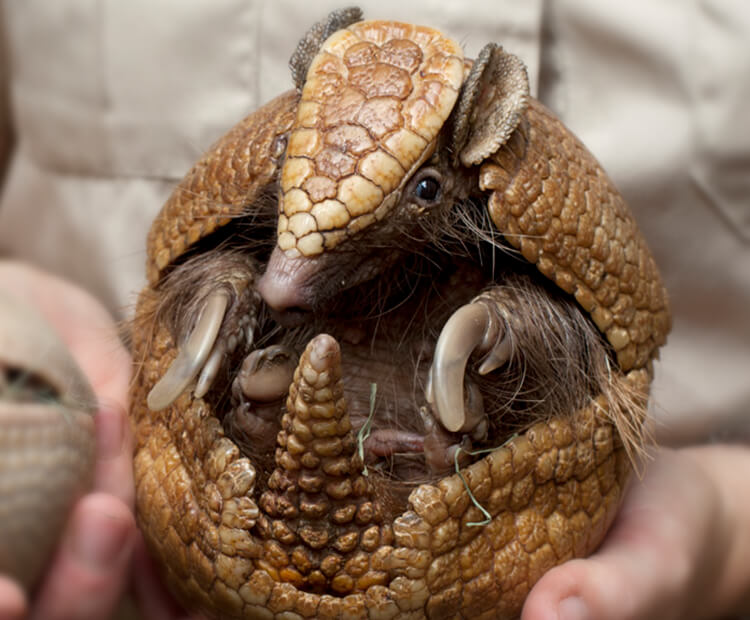
Dig those claws!
A three-banded armadillo uses its long, sharp front claws to dig into termite mounds to feast on the insects inside. It also uses them to break open tree bark to snack on beetle larvae hiding inside. Those claws are terrific tools!

